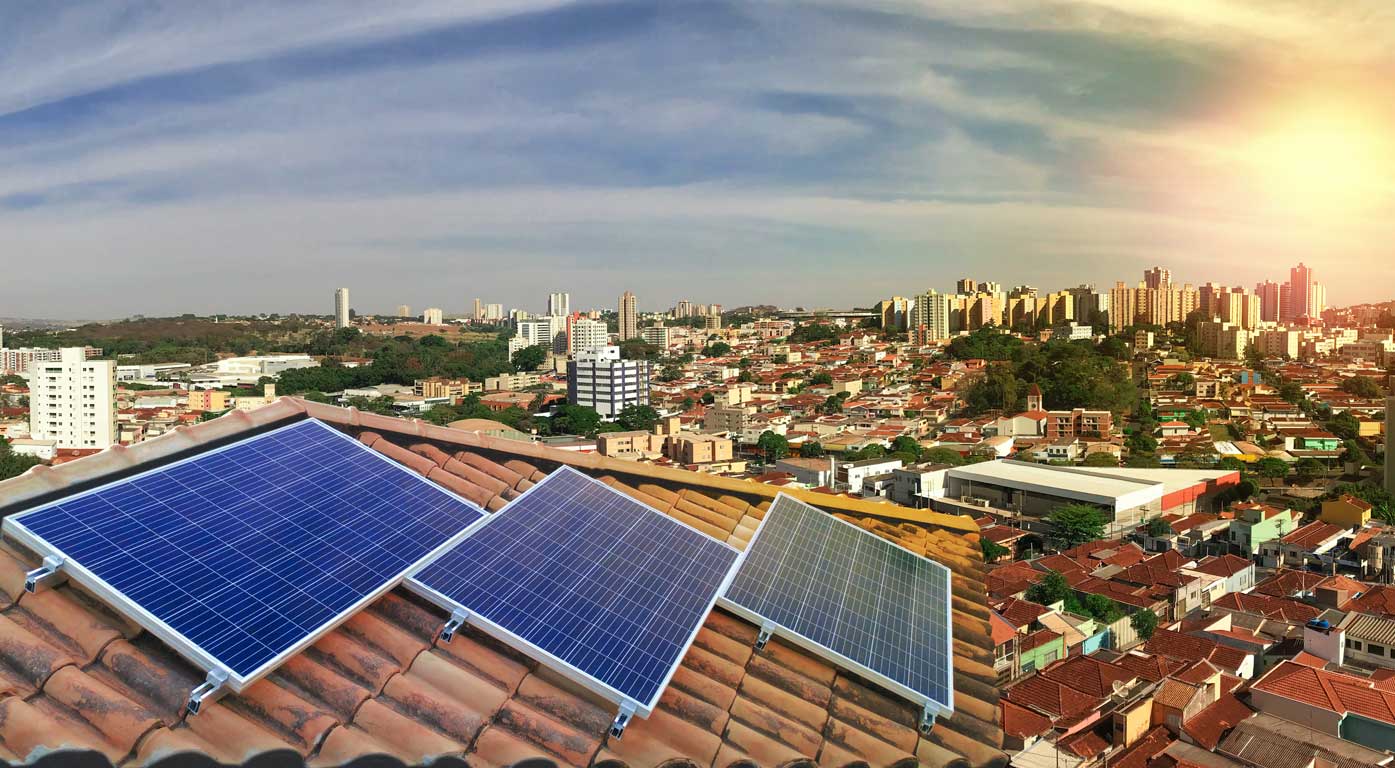Summary
The DER Integration and Automation Project project will demonstrate how collaboration between a Distributed Energy Resources Management System (DERMS) and the GreenSync Decentralised Energy Exchange (deX) platform can unlock existing network hosting capacity to enable consumers to gain more value from their energy assets (such as solar, batteries and electric vehicles).
Key results
This project successfully demonstrated how consumer-owned energy assets can be managed to ensure the electricity network is operated within its technical limits.
To achieve this, Evoenergy used Schneider Electric’s EcoStruxture ADMS, Schneider’s Electric DERMS, the Evoenergy IoT Hub and the Greensync deX system.
This provides a pathway to integrate and manage DER assets into an existing energy network, which will enable Evoenergy and other network businesses to continue to plan, build, operate, and maintain networks in compliance with regulatory standards and ensure reliable and safe supply of electricity to customers.
Learn more
Need
Australians have embraced new energy assets such as rooftop solar and batteries (known collectively as DER) at a high rate, with the country having the highest per capita uptake in the world. This creates an immediate need for electricity networks to develop a plan for these assets to effectively integrate into a traditional energy system that was designed to work directly with only a small number of large generators.
This need requires a plan to integrate DER and operate Virtual Power Plants (VPPs) now—so speed to market is key. As a result, this project will use two leading industry platforms to demonstrate a coordinated approach to utilising a fleet of DERs within technical and commercial boundaries.
Action
The project will extend the functionality of Evoenergy’s Advanced Distribution Management System (ADMS) within a software testing environment, utilising the capability of Schneider Electric’s DERMS. The DERMS platform is designed around enabling network operators to maximise the use of the network while maintaining it within its technical limits. Network models of current and future scenarios, reaching out to 100 per cent renewable levels of DER use will be populated. These DERs will then be enrolled in simulated VPPs which will interact in project partner GreenSync’s deX platform. The project will then engage this simulated fleet of DERs (solar and batteries) within deX, to demonstrate the use of additional network hosting capacity unlocked under three use cases; natural DER behaviour, third party VPPs and network support VPP response.
Outcome
This project will demonstrate:
- the additional hosting capacity unlocked from the existing network, when dynamic evaluation of technical limits is employed in place of more conservative and static limits;
- how increased hosting capacity can be coupled with a network services market, to be utilised by a Distribution Network Service Provider (DNSP) for network support and manage network overloads; and
- an increase in the value of DER energy by enabling DNSPs to effectively evaluate and approve more frequent and larger VPP calls without fear of resultant network violations.







